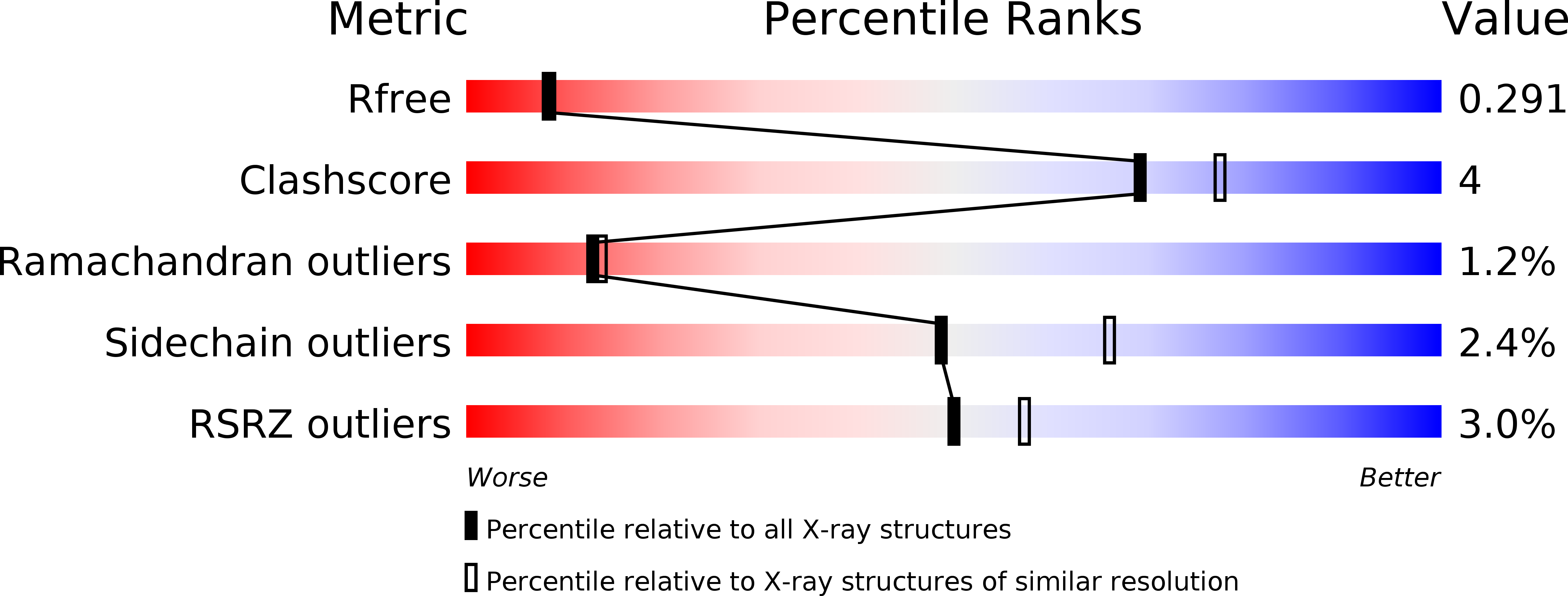
Deposition Date
2004-12-21
Release Date
2006-01-10
Last Version Date
2023-08-23
Entry Detail
PDB ID:
1YBO
Keywords:
Title:
Crystal structure of the PDZ tandem of human syntenin with syndecan peptide
Biological Source:
Source Organism:
Homo sapiens (Taxon ID: 9606)
Host Organism:
Method Details:
Experimental Method:
Resolution:
2.30 Å
R-Value Free:
0.27
R-Value Work:
0.19
Space Group:
P 41 21 2


